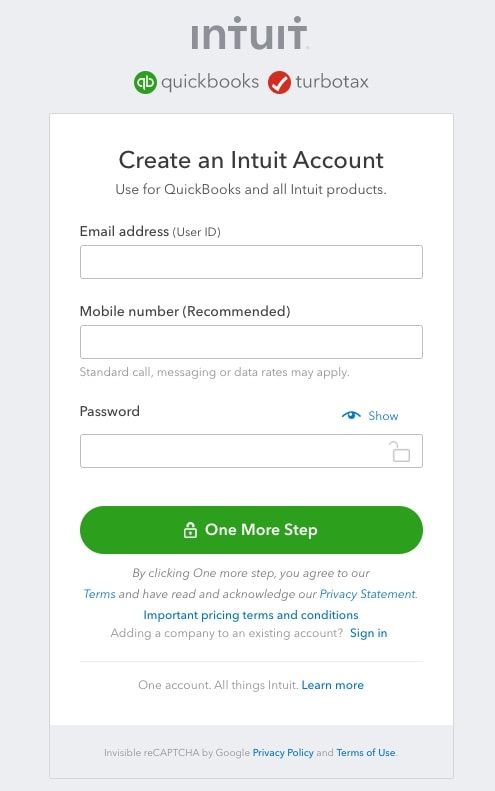Turn on suggestions
Auto-suggest helps you quickly narrow down your search results by suggesting possible matches as you type.
Showing results for
Hi,
I am new to QB. I run a karate club and use a web management site that generates invoices, takes paypal payments, creates events and sends reminders etc. I generate invoices from this site and customers pay, either cash, paypal or BACs. Often they pay monthly and I invoice quarterly so each transaction is a partial payment.
I have just set up QBooks and have managed to link my bank and paypal accounts (as a bank). I now have lots of payments. All I am really interested in is doing my tax return so tracking expenses and income. I can get reports from my website about customers, so do not need that data in QB.
Therefore my question is, do I need to go through the process of matching transactions to customer invoices ( I had imported all invoices from my other site) or can I simply record the deposits and is this ok from an accounting point of view.
I have worked out how to add expenses.
This is my evening buisness, I am a teacher by day, so keen not to create work for myself, especially not duplicating the tracking the payment of customer invoices twice. Any help most appreciated.
Welcome to the QuickBooks family, Karate Dan.
Thanks for being detailed information about your concern. This gives me a clearer view of how to track your transactions.
Based on the scenario, we’ll have to match the imported invoices to the payments. Creating a manual deposit will cause duplication to the entries. Here’s an article that covers the complete steps from downloading the data up to reviewing and matching the information: Categorise and match online bank transactions in QuickBooks Online.
However, if you prefer to enter the deposits, link them to the invoices. If there are downloaded payments, make sure to exclude them. This process will keep your records in tiptop shape.
Here’s how to make a deposit:

For additional information about the Bank Deposit feature, see the Record and make Bank Deposits in QuickBooks Online link. It covers the complete instructions on how to manage your funds as well as placing them into the Undeposited Funds account.
To associate the payment to an invoice:

Let me share How to link a deposit to an invoice guide for more information. It contains tips when to connect the payment to the sales entry.
To exclude downloaded bank data:

To clarify, are you going to process the tax return in QBO or outside the system? If so, I recommend keeping track of what’s happening to the actual transactions in the company. The data generated on the VAT return is based on the entries recorded in QuickBooks. However, if you’re going to file the tax form manually, input the data you want to add in the company file.
I’m adding some articles to help get acclimated about the product’s features, processes, and instructions on how to process a VAT return.
The information I shared will point you in the right direction tracking your income and filing the VAT return.
Keep in touch if you need assistance while working in QBO. I’ll be right here to lend a helping hand. Enjoy the rest of the day.

You have clicked a link to a site outside of the QuickBooks or ProFile Communities. By clicking "Continue", you will leave the community and be taken to that site instead.
